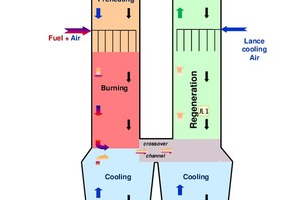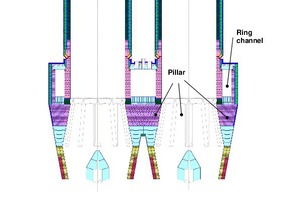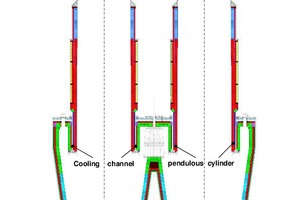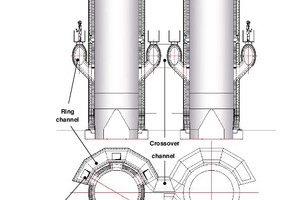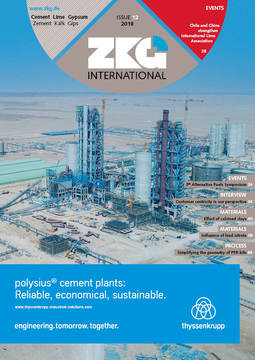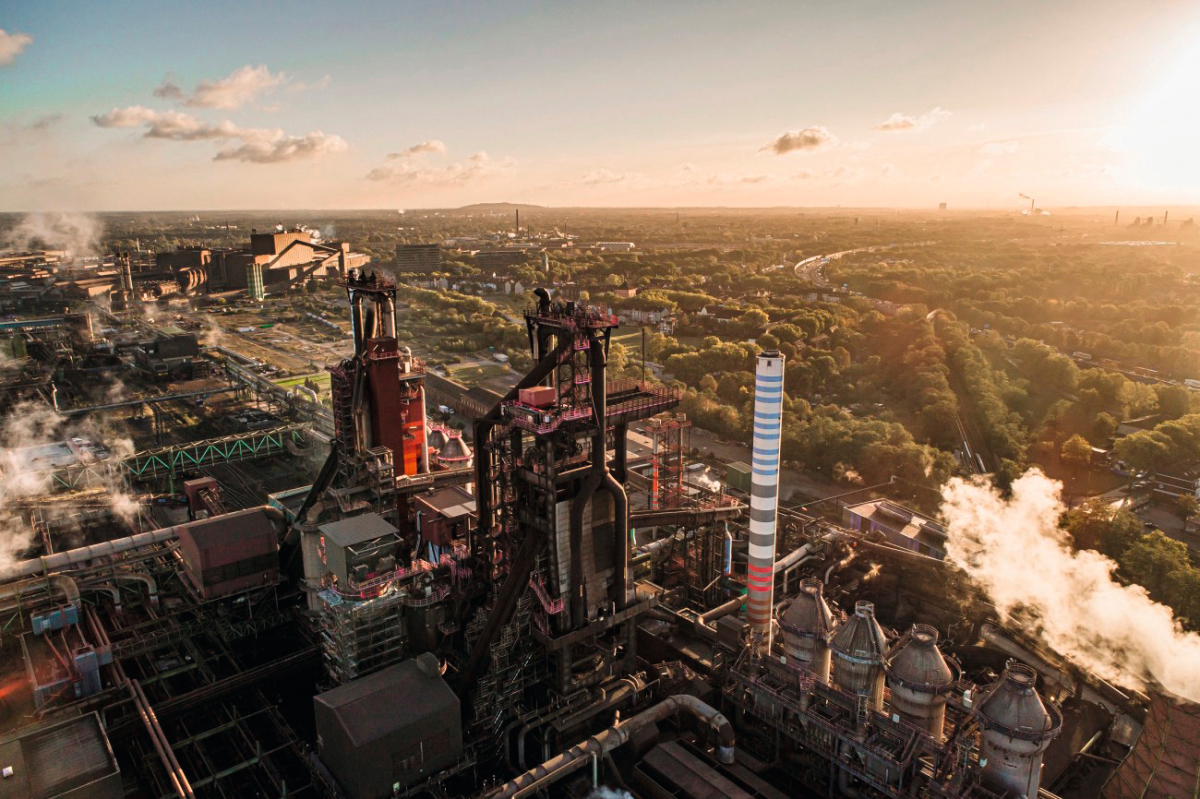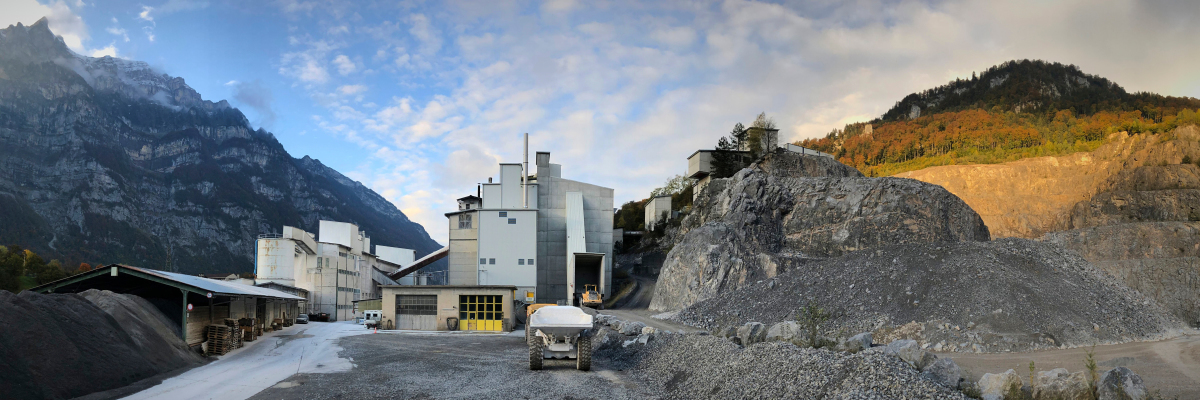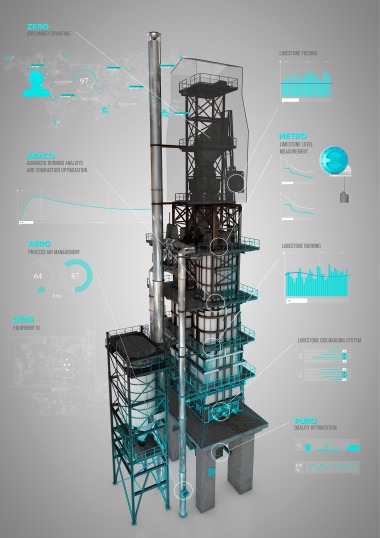Simplifying the geometry of a parallel-flow regenerative (PFR) kiln to achieve both long-term cost savings and process advantages
The following presentation focuses on PFR kilns, explaining their process engineering and discussing the authors’ proposal for simplifying the geometry of PFR kilns in order to achieve cost savings in combination with process advantages.
1 Introduction
Different lime kiln types, e.g., rotary kilns and shaft kilns, are used for lime production. The last-mentioned type is found mainly in Germany. Soft-burnt lime is generally produced in the following types of kiln: parallel-flow regenerative (PFR) kilns, annular shaft kilns and normal shaft kilns equipped with side burners positioned in the lower third of the kiln. Most medium- or hard-burnt lime is produced in mix-fired normal shaft kilns (NSK), where the kiln is simultaneously charged with solid fuel and limestone. Such kilns are also used in the soda and sugar industries....

